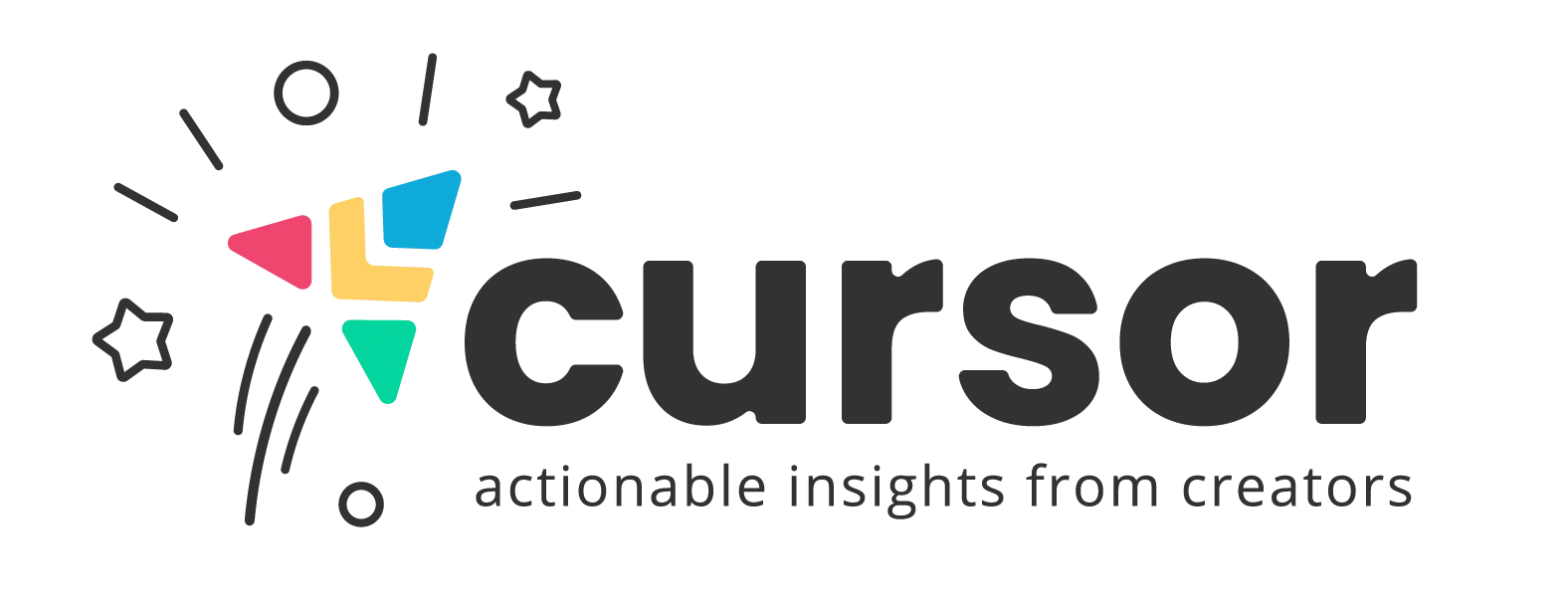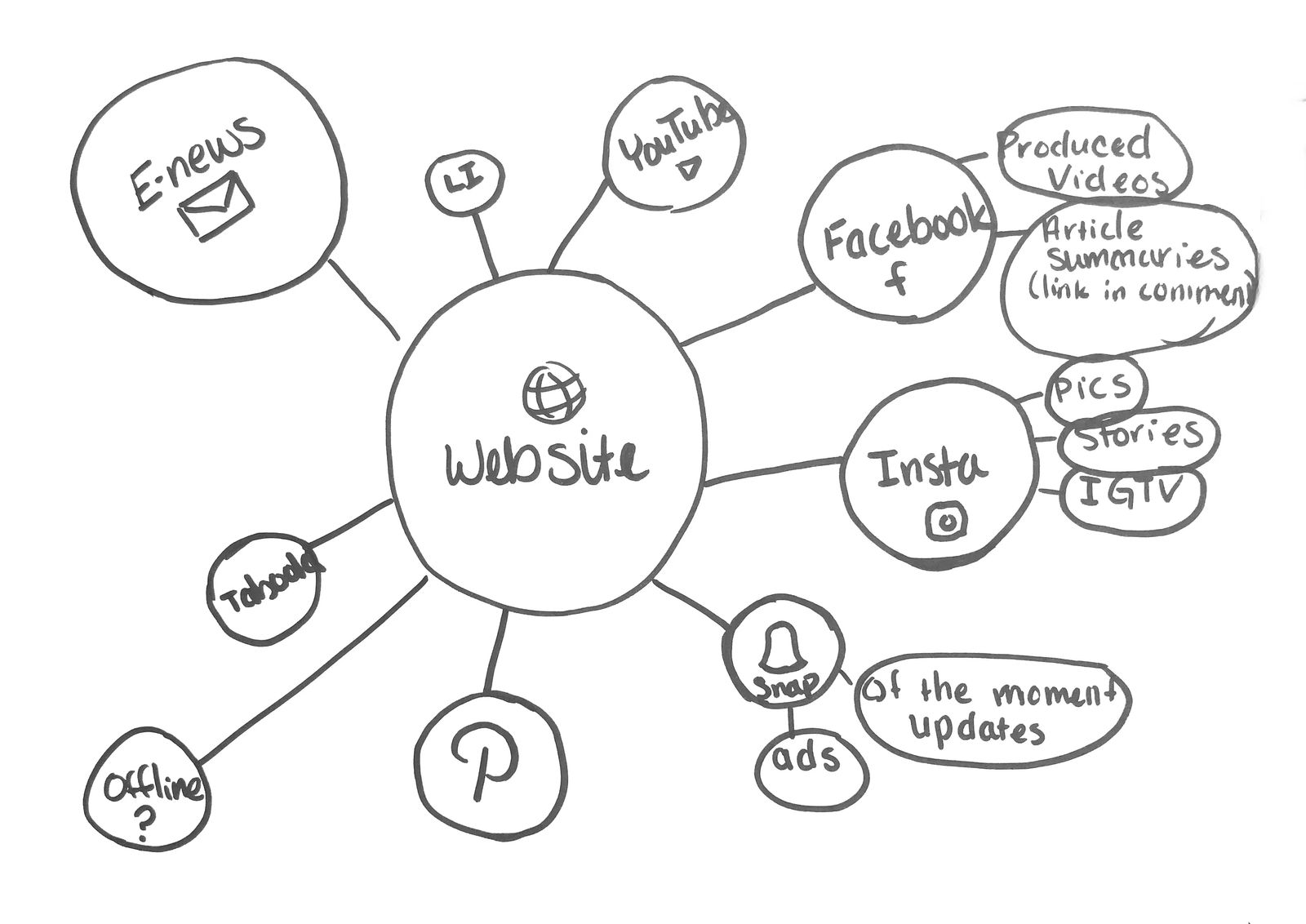
Develop a Cross Channel Content Strategy
Website, mobile app, progressive web app, Facebook, Instagram, Snapchat, LinkedIn, YouTube, Pinterest, E-newsletters, chatbots, AR, VR, Live Video, IGTV, stories, podcasts, TikTok...arghh!
It seems like every few months, or so, a new platform, new feature, or new content format comes to life. As a content creator, it can feel like you're always chasing your tail. You make progress in one area and all of a sudden there's pressure to begin focusing on the shiny new online toy. You don't want to be left behind, after all. Often, you feel the need to jump on new technology but doing so, doesn't always have a defined return on that time investment.
What to do?
Well, it's pretty difficult for publishers, bloggers, and online content creators to do all of these things well and have success building an audience on all of the platforms. Smaller creators, with limited resources, have even less room to experiment.
However, we're in an age where audience attention resides inside these select apps and networks. You've got to have a multi-channel, multi-format strategy in place. The good news is that you don't have to go crazy implementing one.
Here is our approach:

📧 Subscribe to Cursor!
Actionable insights for creators, delivered monthly.
Step 1: Consider the Possible Channels
- Refer back to your audience persona. Where does this "person" spend time? Write down all of the channels that you think fit your persona's online habits.
- Determine your goals for each channel by asking yourself: Can I monetize through this channel? Can I build an audience from this channel (that will positively impact my monetization opportunities)?
- Lastly, consider your available resources to create quality content that's native to the platform. For example, if you don't have a videographer on staff, but you feel YouTube is an important channel, you'll need to outsource the content production. Do you have the funds to do so?
The ability to generate revenue is an essential factor in deciding where to focus your efforts. If the platform can help you drive traffic to your website, where you're serving up revenue generating ads, affiliate links, and sponsored content, then the effort may be worth it. Similarly, if you can create content native to the platform and incorporate that channel into your sponsored content campaigns or affiliate link campaigns, then it may be worth it.
Step 2: Back it Up with Data
What's performing well will be apparent in your website analytics. Which channels send you engaged traffic now? "Engaged," is key here. If you're getting loads of Facebook traffic but they're bouncing after just a few seconds, that's not worth much.
However, traffic to your website is not the only important key performance indicator. If you're creating content that's native to the platform, (Instagram stories, for example), is it producing positive results for your brand? Is your audience spending time on the platform with your content? If in addition to organic content, you can use these formats and channels in your revenue generating activities, as part of your brand partner campaigns, then the effort can indeed be worth it!
Building up an audience on a new platform can be a slow grind. To decide if it's worth it beforehand, study up on larger publishers' strategies. You can see how those with more resources are utilizing each platform to build an audience and monetize. Larger publishers often have data teams and software behind their decisions. You can let them test out new strategies and follow suit once you've observed that it's working for them.
Step 3: Create a Visualization
Once you've decided on your channels, create a diagram to help you visualize the importance of each.
Your website is your home base. It should be at the center of everything else you do. Around it, create other "circles" for each channel and size them according to their importance and effectiveness. If Facebook is central to your strategy, make that circle big. If Snapchat is something you are active on, but it's less important, make that circle small, and so on.
For each channel, additionally, note the various content formats that you'll utilize on each.
Keep this visualization handy and reference it on occasion to make sure you're staying on track and focusing your resources where it matters most.

Step 4: Implement. Test. Repeat. Adjust as Needed.
Once you've used your intuition, analytics, and research to prioritize your media mix, you can build your content and monetization strategies.
Then, you can continue to test the effectiveness of the channel and make adjustments as needed. If you find that one channel isn't performing well, find a way to phase it out of your priorities so you can put more time into those that are yielding the best results.
Success on any platform comes from consistently producing valuable content. Ensure that you've got clear goals set and that you have the time and resources available before proceeding.




